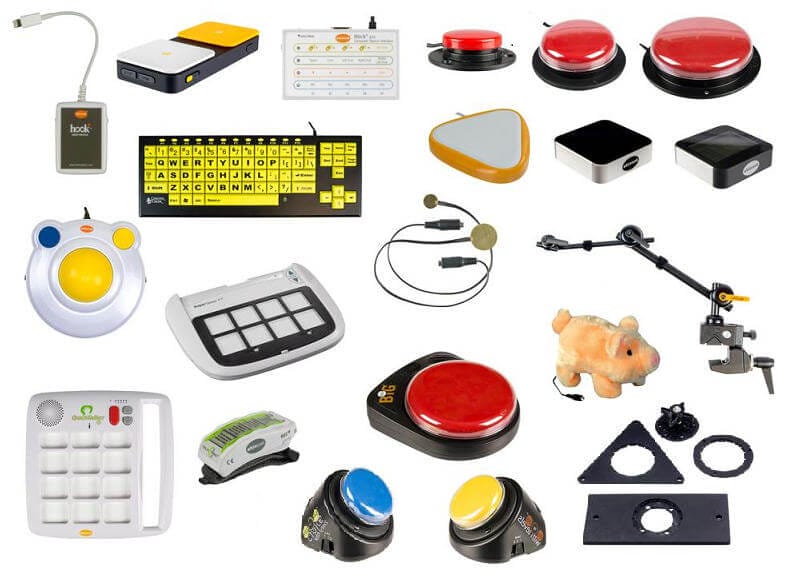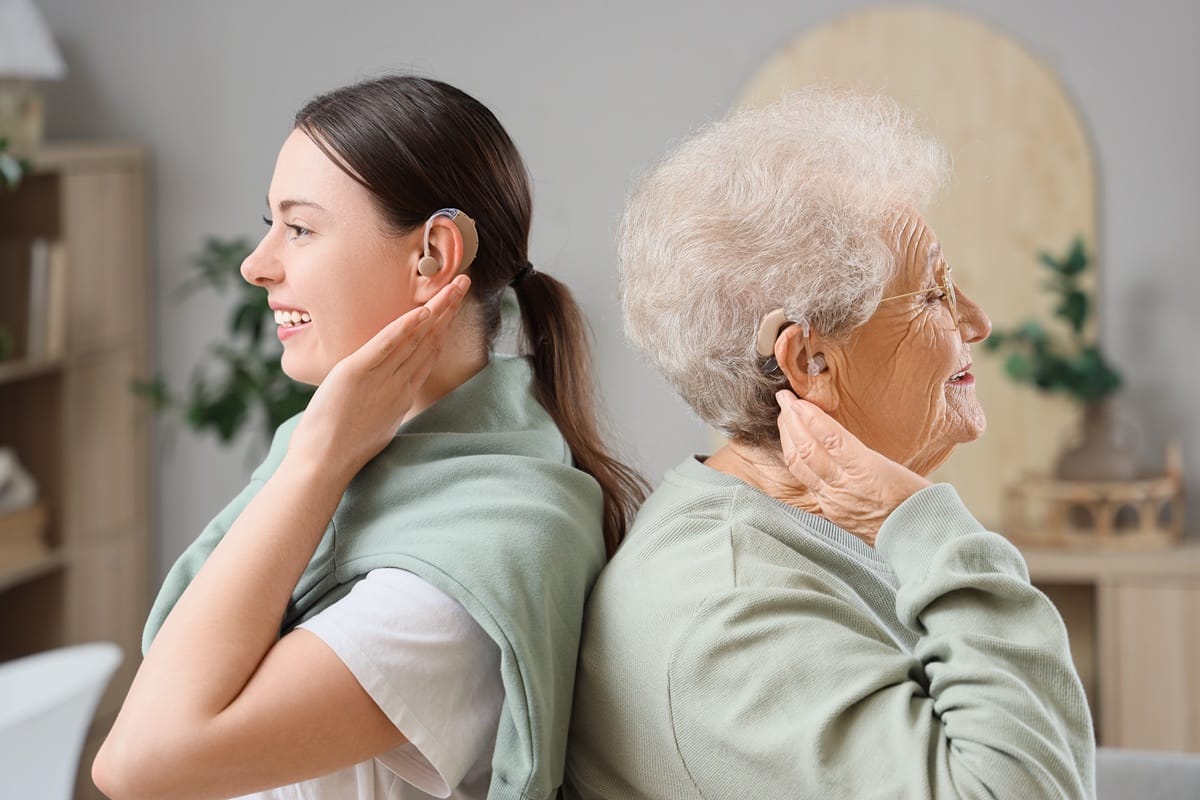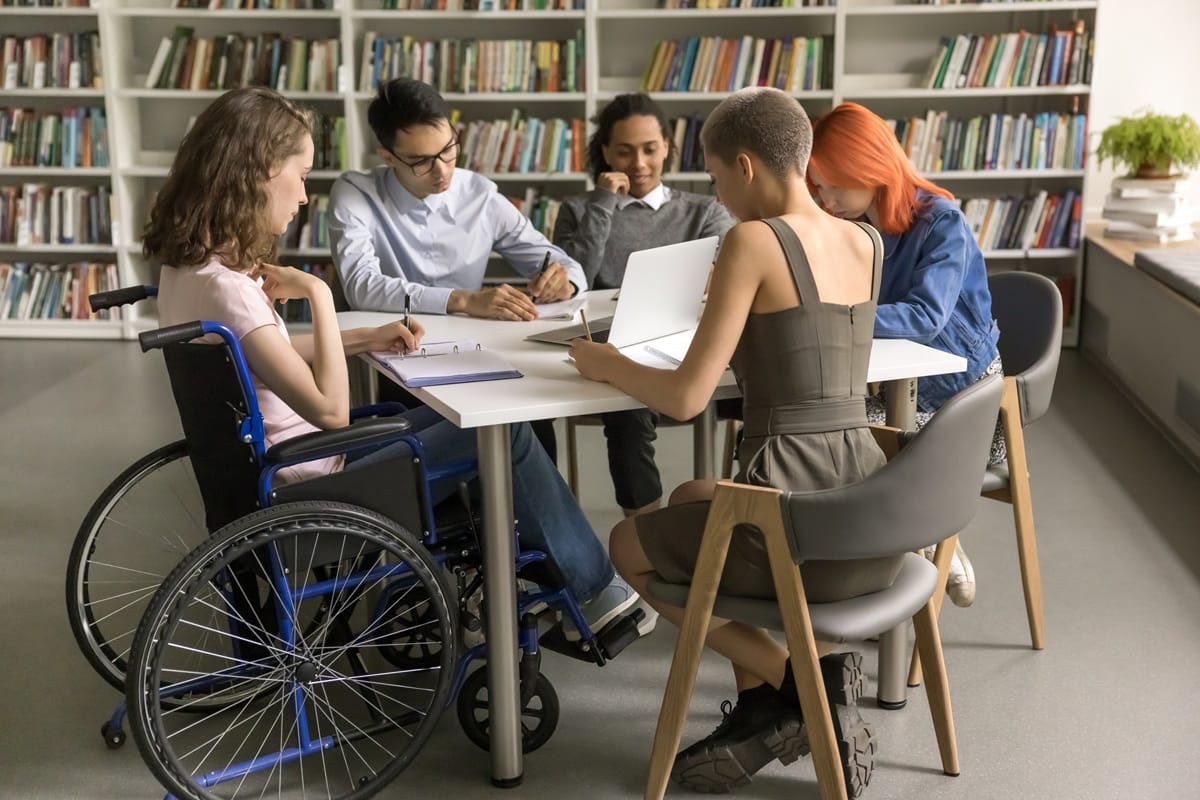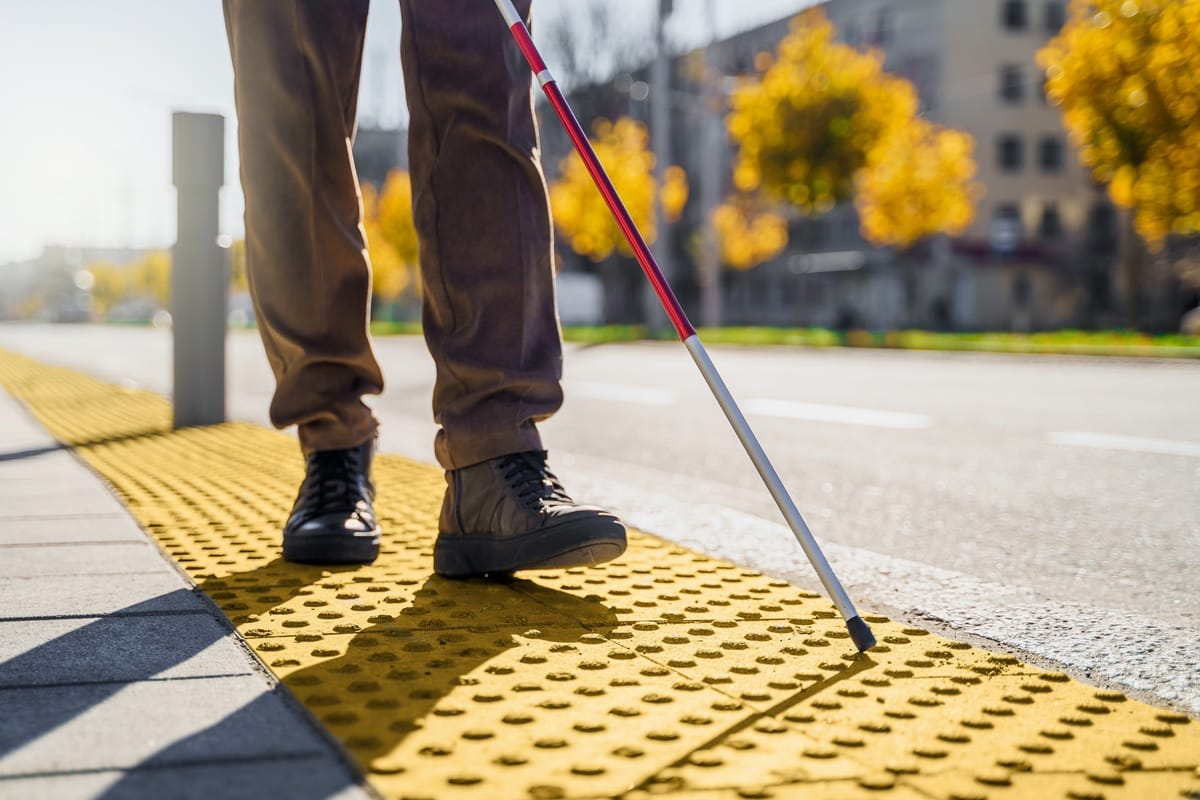What is Assistive Technology and How Can It Change Lives?
Assistive technology refers to devices or systems that support people with disability or long-term health conditions to perform daily tasks or activities that might otherwise be difficult.
These technologies are pivotal in improving the quality of life for many, promoting greater independence, and enhancing inclusivity. They not only help individuals carry out everyday tasks but also empower them to reach personal, educational, and professional goals.
Continue reading to discover more about the different types of assistive technology and how they can significantly improve lives for the better, particularly when linked with other support services accessible through the National Disability Insurance Scheme (NDIS).
What Is Assistive Technology?
Assistive technology encompasses a wide range of equipment, software, and devices that assist people with disability in living more independently and engaging with their communities.
These tools range from simple devices like grab rails and large-print books, to more advanced systems like voice-activated computers and motorised wheelchairs.
The primary purpose of these technologies is to enhance functional capabilities and foster inclusiveness by enabling individuals to perform tasks that they were formerly unable to undertake due to physical, sensory, or cognitive limitations.
What are the different types of assistive technologies and aids?

The range of assistive technologies available is vast and varied, designed to meet a broad spectrum of needs.
There are countless types of assistive devices available, including:
- Mobility aids (wheelchairs, prosthetics, walkers, scooters, stairlifts, and sports mobility devices)
- Educational aids (book holders, page-turners, and specific pencil grips)
- Hearing aids (devices that enhance hearing, improving communication capabilities)
- Computer assistance (voice recognition, screen enlargement, and screen readers)
- Cognitive aids (to assist with memory and attention, such as electronic pillboxes or adapted appliances with automatic shut-off features)
- Closed captioning for people with hearing impairments
- Built environment modifications (ramps, large doorways, adapted bathrooms, and grab bars)
- Adaptive devices for daily tasks (utensils, specialised handles, and switches)
- Assistive technology devices for people with visual impairment (such as Braille keyboards, embossers, magnifiers, and screen reading software)
For people living in Specialist Disability Accommodation (SDA) or Independent Living Options (ILO) under the NDIS, assistive technologies and home modifications can be included to foster greater independence.

Benefits of Assistive Technology
Promotes Independence
Independence is the main benefit that people living with a disability can experience when they have access to the relevant assistive devices. With the right assistive equipment, people with all sorts of disabilities can begin to interact more successfully with their community, pursue education, and even begin employment. A person can benefit mentally, physically, and financially from receiving assistive technology, as they will be more able to live independently and fulfil their goals. Their confidence can grow, and they may draw more happiness from life, as they are able to participate in activities they enjoy.
Reduces Risks
Many people with disabilities are often at risk of having an accident, and with the introduction of assistive technology, they can become much safer. For example, someone who has just had a stroke may be at risk of falling and hurting themselves further, so railings in the bathroom can help them avoid this occurrence. Or for someone with the early stages of dementia, they can get an electronic pillbox that reminds them to take their pills – therefore avoiding becoming more ill because they have forgotten to take essential medicine.
Helps Everyone
The use of assistive technology tools can help not only the person with the disability but also the people around them. When someone can access technology and equipment that helps them complete daily tasks and interact with society, then it takes the pressure off carers and family members because they can do more things on their own.
Some assistive devices can help people with a disability to communicate with others more easily, and this can create happier and more in-depth relationships with the people they meet. For anyone with a disability who is still at school, then assistive technology can help the teacher to teach them more effectively, and it will make education more accessible.
How assistive technologies enhance inclusiveness
The impact of assistive technology on inclusiveness is undeniable. By providing the means for enhanced mobility, communication, and daily living activities, these assistive technologies help to break down barriers that might otherwise isolate people with disability. This contributes to greater diversity and inclusion within communities.
For example, a motorised wheelchair not only enhances mobility, but also boosts the user’s independence, enabling participation in a wider range of activities – both socially and professionally.

Are assistive technology supports NDIS subsidised?
Yes, assistive technology can be subsidised under the National Disability Insurance Scheme (NDIS) in Australia. The NDIS provides support to eligible individuals with permanent and significant disability, including funding for assistive technologies that are necessary to help participants achieve their goals, enhance their independence, and increase their participation in daily activities and the community.
The type of assistive technology funded by the NDIS can range from low-cost items like simple mobility aids, to more complex and high-cost equipment, depending on the individual’s needs.
Funding is typically based on the recommendations made by qualified health professionals, and the technology must be deemed reasonable and necessary to support the individual’s specific disability-related needs.

How can you apply for assistive technology through the NDIS?
Once you are an NDIS participant and have NDIS funding, then you can bring up your need for assistive technology in your planning meeting. If you are already an NDIS participant and would like to add new assistive technology to your plan, then you can ask for a plan review. Whether you are a new participant or not, you will need to make sure your assistive technology request meets the reasonable and necessary criteria – otherwise, your request may not be accepted.
The NDIS team who are looking after your plan will make sure that you are receiving the best technology and assistance for achieving your plan goals, and may even suggest some that you have not thought of. The NDIS will make a decision within 10 days if your request is for mid or low-cost assistive technology, and within 30 days if it is for high-cost assistive technology.

The role of Allied Health professionals
At St Jude’s, our team of Allied Health professionals, including physiotherapists and occupational therapists, plays a vital role in the prescription and implementation of assistive technology.
Our Allied Health team are highly trained in their respective fields, and also have specialised knowledge of the latest advancements in assistive technologies. This expertise allows them to conduct detailed assessments of individual needs, taking into consideration both the physical and cognitive aspects of each client’s situation.
The assessment process involves a thorough evaluation of the client’s daily activities, environmental factors, and personal aspirations. This holistic approach ensures that our advice is medically appropriate and aligns well with the client’s needs and goals.
For example, an occupational therapist might recommend specific modifications to the home environment, like installing grab rails or ramps, to improve mobility and safety, while a physiotherapist may focus on mobility aids that support physical activity and prevent injuries.
Once the assessment is complete, our professionals engage with the client and their caregivers to explore the available assistive technology options. Through this collaborative decision-making process, we ensure that the selected technologies are not only suitable but also have the full approval of the client. This helps increase the likelihood that the technologies will be used consistently and effectively.
Our Allied Health professionals provide ongoing support after the assistive devices have been implemented. This might include adjusting the devices to better fit the client, training the client and their caregivers on how to use the technology effectively, and monitoring the client’s progress to ensure that the technology continues to meet their evolving needs.
This comprehensive support system not only enhances the daily lives of our clients but also empowers greater independence, enabling engagement in their communities.

Need further assistance accessing assistive technology?
If you or someone you know could benefit from assistive technology, St Jude’s are here to help. Our team of dedicated professionals are committed to providing comprehensive support, from assessment to the use of assistive technologies, all tailored to meet individual needs.
Contact us today to learn more about how we can help you or your loved ones live a more inclusive and independent life through accessing assistive technology products and Allied health therapy services.